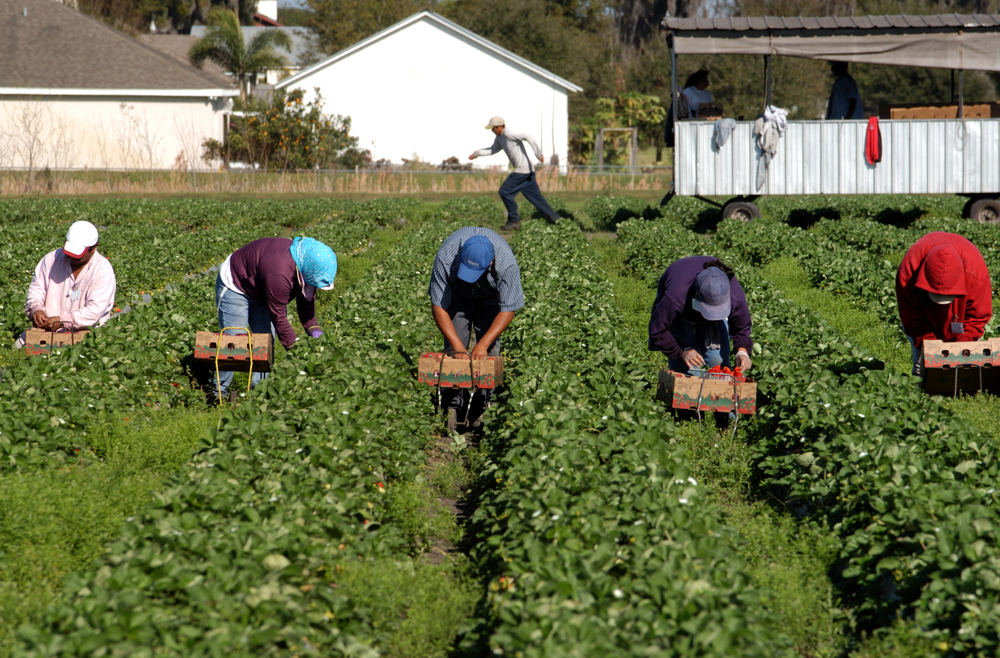By Clint Thompson
The convoluted and sometimes perplexing nature of the H-2A program has Chris Butts concerned about the ramifications of one misstep by his producers.

Butts, executive vice president of the Georgia Fruit and Vegetable Growers Association (GFVGA), continues to voice his concerns with how the methodology is constructed to determine the Adverse Effect Wage Rate (AEWR); the expense that producers must pay their farmworkers.
“The whole thing is based on a survey process that we’re working to understand but nobody has a thorough understanding of how we come up with this rate. That’s problem No. 1,” Butts said. “Then with the new rules, it’s so complex and so complicated that my fear is without a ton of outreach and education from DOL (Department of Labor) and others, that even well-meaning growers that are trying to be compliant with the program may find themselves on the wrong side of that.
“There’s so much room for interpretation and it’s so complex and confusing that it worries me that even people that are trying to be 100% compliant are going to find themselves unable to be.”
The DOL published its final rule in early March to amend how the AEWR for the H-2A program are set to improve the rates’ consistency and accuracy based on the work actually performed by the workers and to better prevent H-2A workers’ employment negatively affecting the wages of U.S. workers in similar positions.
The final rule establishes the following methodology for determining AEWR:
- The department will continue to use the average annual hourly wage as reported by the FLS for field and livestock workers, combined, occupations – which represent most agricultural jobs – for the state or region.
- For all other agricultural jobs, not represented adequately or reported by current FLS data, the department will use the statewide or national average annual hourly wages for the occupational classification reported by OEWS program.
- For job opportunities that cover more than one classification, the department will base adverse effect rates on the highest wage for the applicable occupations.
The GFVGA commented about the amendments that were made.
“On the heels of November’s announcement of a 14% increase in Georgia’s AEWR, the new proposed rules double down on DOL’s use of USDA’s Farm Labor Survey and will compound damages by also injecting new labor rates into the program.”
Butts insists more transparency is needed in how DOL implements its data that arrived to the 14% increase for 2023.
“We’ve had a meeting with USDA NASS (National Agricultural Statistics Service) that collects the data. We still don’t have a great understanding there of how that process works and the methodology in collecting the data. We certainly don’t know how that data is used to come up with the AEWR or we don’t have a firm understanding of that,” Butts said. “The USDA collects the data and then hands it off to DOL who then comes up with the rate. We’re trying to get a better understanding, but again I would point out that any system that has a 14% increase from year to year, the methodology and the system is flawed from the get-go.
“We’ve already seen that most people that are choosing to participate in the program, they’re forced to either hire a farm labor contractor or another service provider that helps them process the paperwork and remain compliant. That just adds to the expense and the complexity of the program.”









